Sitara Devi (1920-2014), who passed away yesterday, impacted India's dance landscape across eras. The fraternity salutes the icon
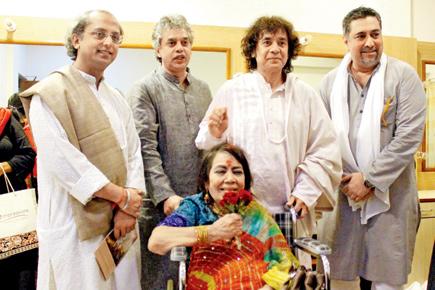
Sitara Devi (centre, seated) with (standing, left-right) Yogesh Samsi, Fazal Qureshi, Zakir Hussain and Sitara Deviu00c3u00a2u00c2u0080u00c2u0099s son, Ranjit Barot at a function in the city last year.
Uma Dogra
Kathak dancer
The first thing that comes to the mind is that for Kathak, the golden era has ended today. She has been performing since the British Raj, when there were no female dancers. She has contributed tremendously for women in dance, and is an inspiration. Whenever I think of Sitara Devi ji, a big, beautiful smile appears. She always wore beautiful-coloured sarees and believed in dressing well; you would never see her in dull shades. In a sense, she was a ‘bindaas’ dancer.
ADVERTISEMENT
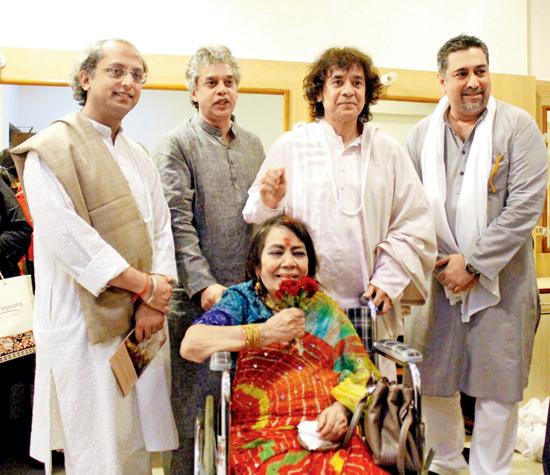
Sitara Devi (centre, seated) with (standing, left-right) Yogesh Samsi, Fazal Qureshi, Zakir Hussain and Sitara Devi’s son, Ranjit Barot at a function in the city last year. File Pic
She was the torchbearer of the Benaras gharana, which is the offshoot of the Lucknow gharana. Her father Sukhdev Maharaj ji learnt from Acchan Maharaj ji, and so did Sitara Devi ji. Benaras (now Varanasi) being the land of temples had a great emphasis on natya (dance). Hailing from the gharana, Sitara Devi ji, despite being 10-15 years older to Pandit Birju Maharaj, she would touch his feet as this is our parampara, where you honour your guru as she comes from the same gharana.
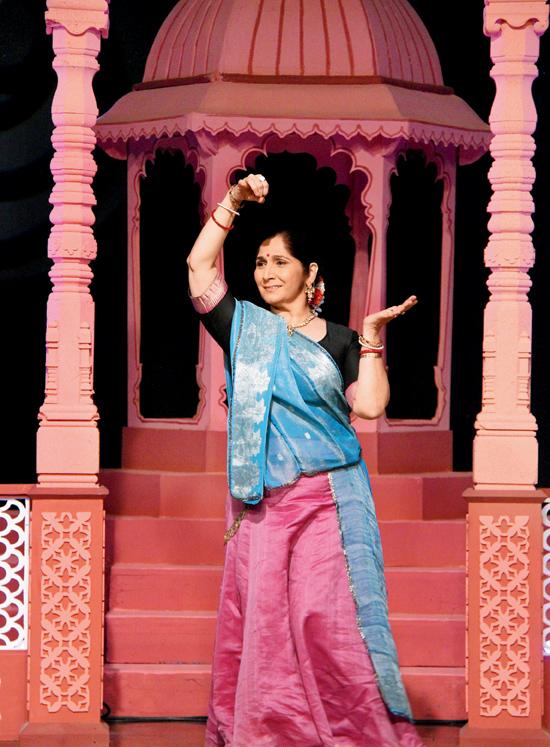
Uma Dogra
I remember when I was in college in Delhi where I originally come from, Sitara Devi ji was supposed to perform at the Jawaharlal Nehru University. Ustad Latif Khan Saab was accompanying her on the tabla. As it was a common thing at that time, there was a power outage. Her audience started hooting and making noise, as most of them were young boys and girls. Amidst that noise, suddenly there was a pin-drop silence. She started playing with her own shadow, which one could see just behind her on a white wall. It was a kind of silent performance as she did many postures, which had the audience hypnotised. As a Kathak student, I was mesmerised. Here was a dancer who was is her 50s or 60s, and she had completely controlled her young audience.
There is another incident that I would like to share. This would be 10 years back, when she was performing at my festival, Raindrops. She was on the stage and said this to her audience, “It is time for me to go now that I am so old. But I love you people so much. I don’t know if I will survive without this.” Sitara Devi ji was very childlike, fearless and like a tigress, in a way. With her passing away, the roots of Kathak have truly been shaken.
Kanak Rele
Mohiniattam dancer
Nearly 45-46 years ago, when I was a young dancer, I was approached by Pandit Brij Narayanji to do a jugalbadi of Kathak and Kathakali; he felt that the names sounded synonymous and he was keen to showcase the difference in the dance forms. I was a young dancer, and he was supportive of me. He called me and said that he wanted to put me on stage with Sitara Devi. I emphasised that Kathak and Kathakali can’t meet; their drums and talas are different and it won’t work.
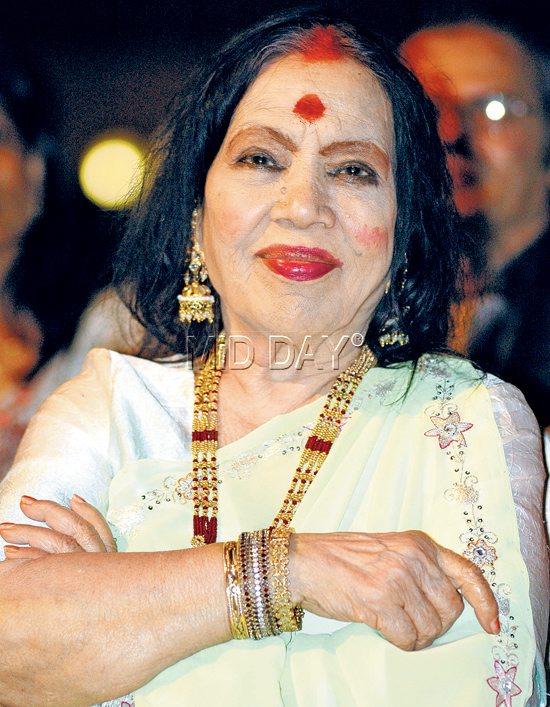
Sitara Devi at an awards function in Mumbai in 2006. Pic/Rane ashish
In those days, the Nalanda Dance Research Centre was located on Peddar Road; one day, Sitara Devi came there to meet me. I was stunned and bowed down to touch her feet. She suggested we try out the jugalbandi. We explored the common themes such as the descriptions of beautiful gardens that abound in both dance forms, and explored the talas.
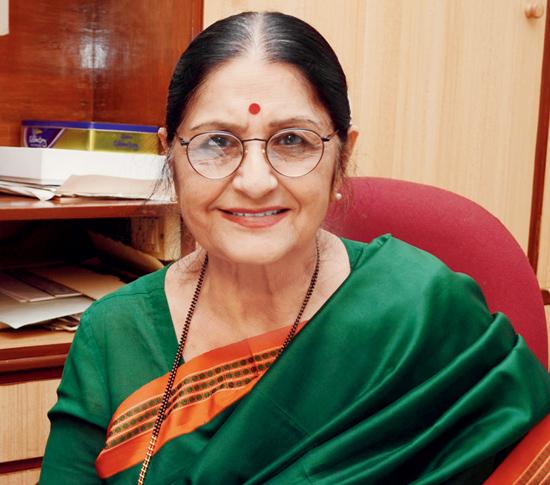
Kanak Rele
She was exhilarating and encouraging. We formed a tremendous bond. She used to also appreciate my work in Mohiniattam; she would fondly refer to me as a ‘Mohini-atom bomb’ to my students! Sitara Devi was friendly and whenever we met it was the warmest exchange possible.
She was warm-hearted and mercurial. I liked her velvet-like footwork. She was outspoken but she spoke her mind. She felt she had been denied her due and that her art had been sidelined.
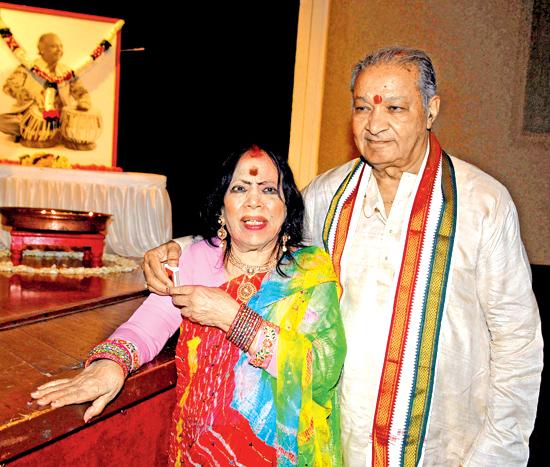
Sitara Devi with legendary flautist Pandit Hariprasad Chaurasia
Aditi Mangaldas
Kathak dancer
She was the queen of Kathak. Her spirit was remarkable. Every pore of her danced, every moment of her life. I learnt the true meaning of total immersion in dance from her.
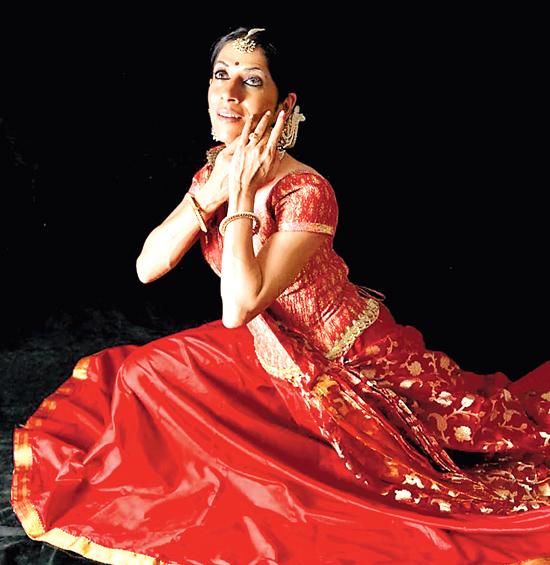
Aditi Mangaldas
I had the most memorable opportunity while being in her dressing room to select a costume for her from her vast collection. She was full of life and wanted to adorn herself in all the colours of life. This is what made her so special — her complete surrender and immersion in dance. I was fortunate to have her in the audience to bless me for my first solo performance when I was just 17 years old.
Sanjukta Wagh
Kathak dancer
Sitara Devi is legend. I didn’t know her personally but I knew her as a powerful presence who didn’t leave anyone she met untouched. She was one of the most unapologetically and unabashedly strong presences in the world of dance.
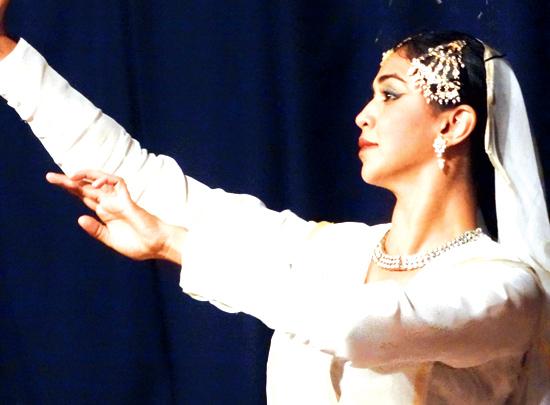
Sanjukta Wagh
She lives on in all those women who live by their own rules and never forget the spirit of the child within as they immerse themselves in what they do. May her sense of humour and her indefatigable spirit pervade the world of dance.
Taufiq Qureshi
Indian musician
She was Auntyji to us, always. She was very close to our family and has been a contemporary of my father and has been accompanied by Zakir bhai as well. It was in her 70s, when she told my father, ‘shaagird (disciple) bana do’ despite him being a contemporary. She was always on a quest to learn something new. Also, we stayed on Napean Sea Road and so did she. I remember going to her home as a kid, which was within walking distance, to practice with her students. I would play thekha, tukda or toda.
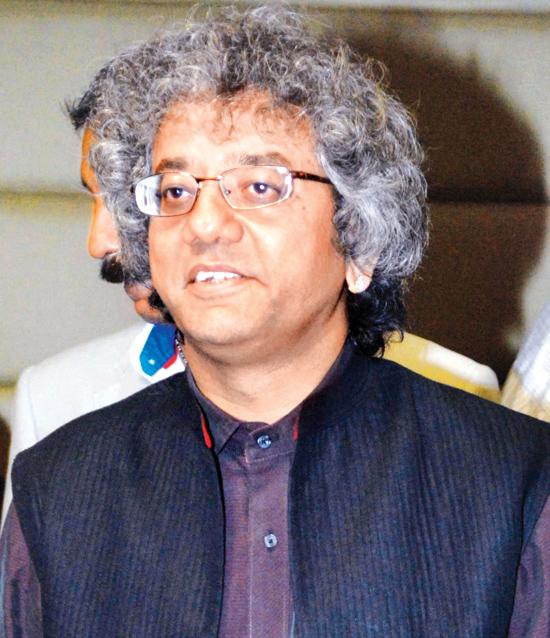
Taufiq Qureshi
I learnt a lot how to accompany dance there. I was 12 or 13 years old but these episodes are etched in my memory as if it happened last month. There were times, when my father or Ustaad Salamat Ali Khan or Bade Ghulam Ali Khan Saab’s son Munawar Ali Khan would perform. It is known that Rabindranath Tagore honoured her as the Kathak queen but she also acted as well as danced Russian Ballet, Samba, Calypso, Kuchipudi and Bharatanatyam. In that way she was a complete dancer and that elegance reflected in all forms.
She also created a world record by dancing for over 24 hours. While performing her Krishna Leela, she could express a variety of characters, from Radha to Krishna to the child Krishna. I am getting goosebumps already. Even at 88, she insisted on dancing, while Ranjit, myself and Sreedhar (Parthasarathy) were on stage. It was an extempore at Bhavan’s College, Andheri. She showed that there is no age limit for a dancer.
 Subscribe today by clicking the link and stay updated with the latest news!" Click here!
Subscribe today by clicking the link and stay updated with the latest news!" Click here!






